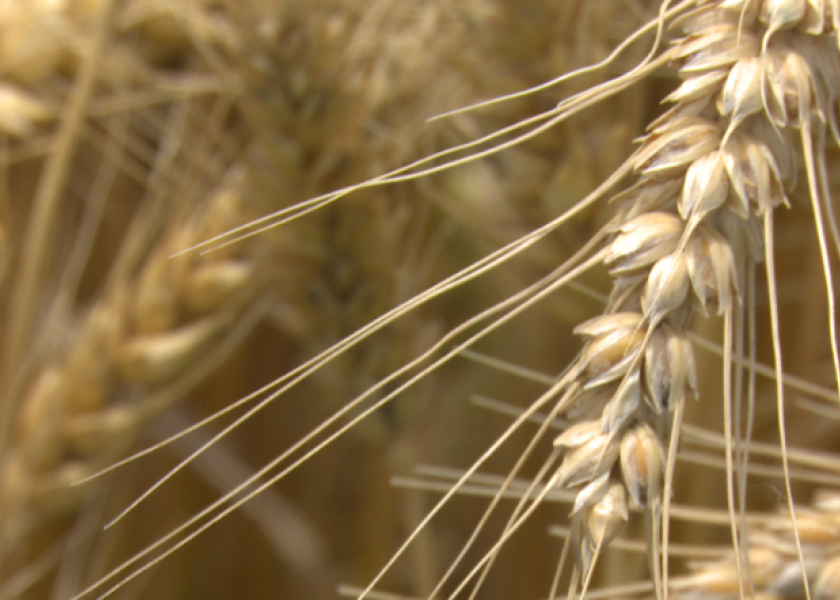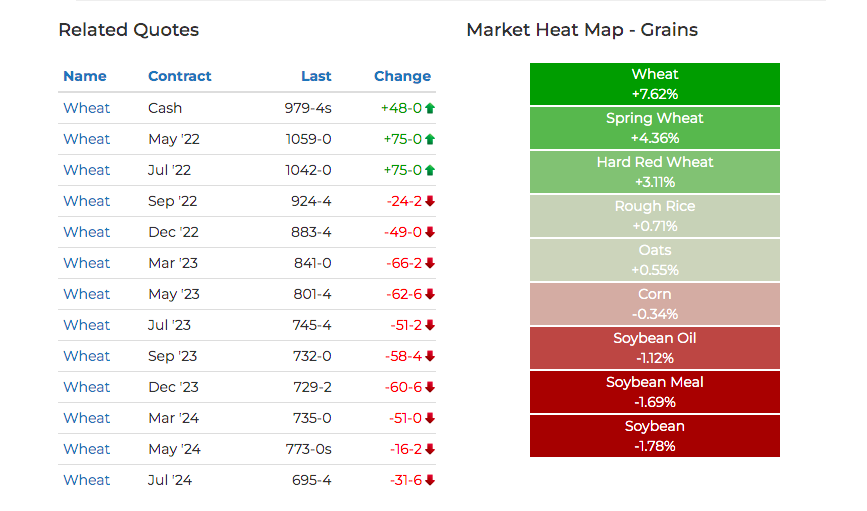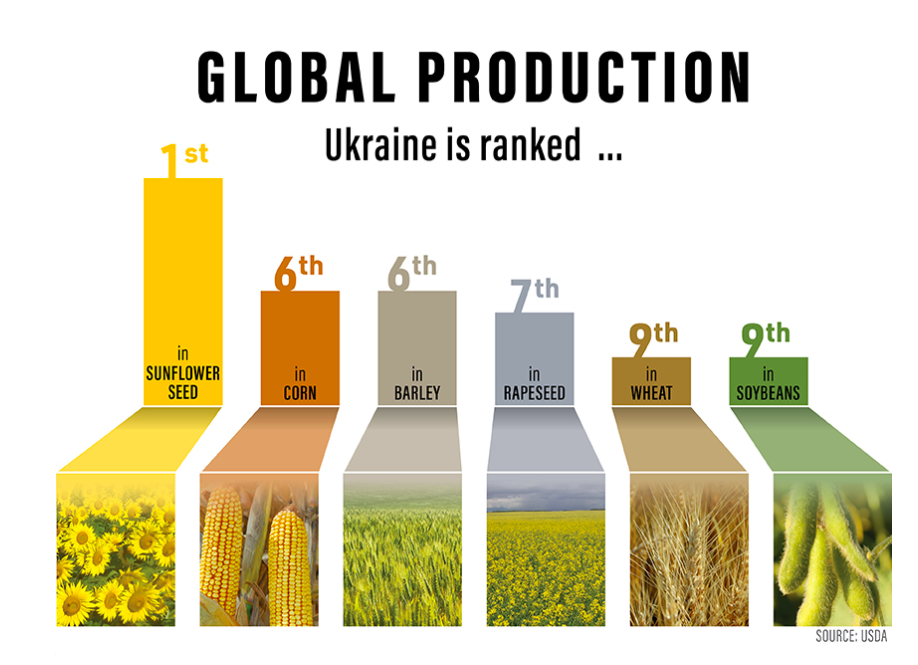Wheat Prices Shoot to 14-Year High on Concerns over Conflict Between Russia and Ukraine

Wheat futures were fueled by the ongoing Russia-Ukraine crisis on Wednesday. As a result, front-month wheat contracts hit daily trading limits and soared to a 14-year high.
"May and July, both Hard Red Winter (HRW) and Soft Red Winter (SRF) contracts, are limit up at the moment at 75 cents, so expanded trading limits today because we closed 50 cents higher yesterday," Brian Grete told Davis Michaelsen on AgriTalk Wednesday. "It's more fallout from the the Russia-Ukraine impacts to global grain trade, and that's really what's driving this morning to new contract highs."
Grete says spring wheat futures hadn't hit limit up yet, as those contracts were more of a follower.

So, why are wheat prices seeing such momentum? Both Ukraine and Russia account for nearly 30% of the world's wheat exports. It's not just uncertainty about the crisis causing wheat prices to climb, but there's also worries about infrastructure damage in Ukraine and whether it will hinder the country's ability to export in the near future.

Also this week, officials in Egypt announced the plan to source wheat from other regions despite Russia and Urkaine. Reuters reports there are currently 14 countries approved for imports into Egypt.
As grains continue to see climbing prices, it's also spurring concerns about the impact higher feed costs could have on livestock producers.
Drought Eating Into Wheat Outlooks
The U.S. was already facing shorter supplies due to a decline in both acreage and yields. The drought in the West caused yields to decline 41%, according to USDA. Drought is still a concern for the Wheat Belt in 2022 as drought remains parked over much of the West.
"By far, the wheat belt is the biggest concern," says Brad Rippey, USDA meteorologist. "If you look at crop conditions in areas where the crops are starting to actively grow, it's absolutely terrible. In Texas, you've got three-quarters of the winter wheat crop rated in very poor condition. Almost that much of the rangeland and pasture land 69% currently rated very poor to poor and soil moisture in Kansas, Oklahoma and Texas."
Rippey says when considering the moisture outlook over the next few months, much of the West isn't projected to see much moisture. But the need for moisture is now.
"We are into Showtime in the South and Texas as wheat is already heading out in the far South," Rippey adds. "Statewide I think about one-eighth of the crop is reporting heading, and so it is time for growth. Plants are demanding moisture. Despite a couple of winter storms recently, a little bit of ice and snow in Texas, it is so critically dry. Without any big change in the pattern, that will quickly spread northward into Kansas, Nebraska, and eventually the western Dakotas and Montana here over the next few weeks, unless something changes dramatically."







